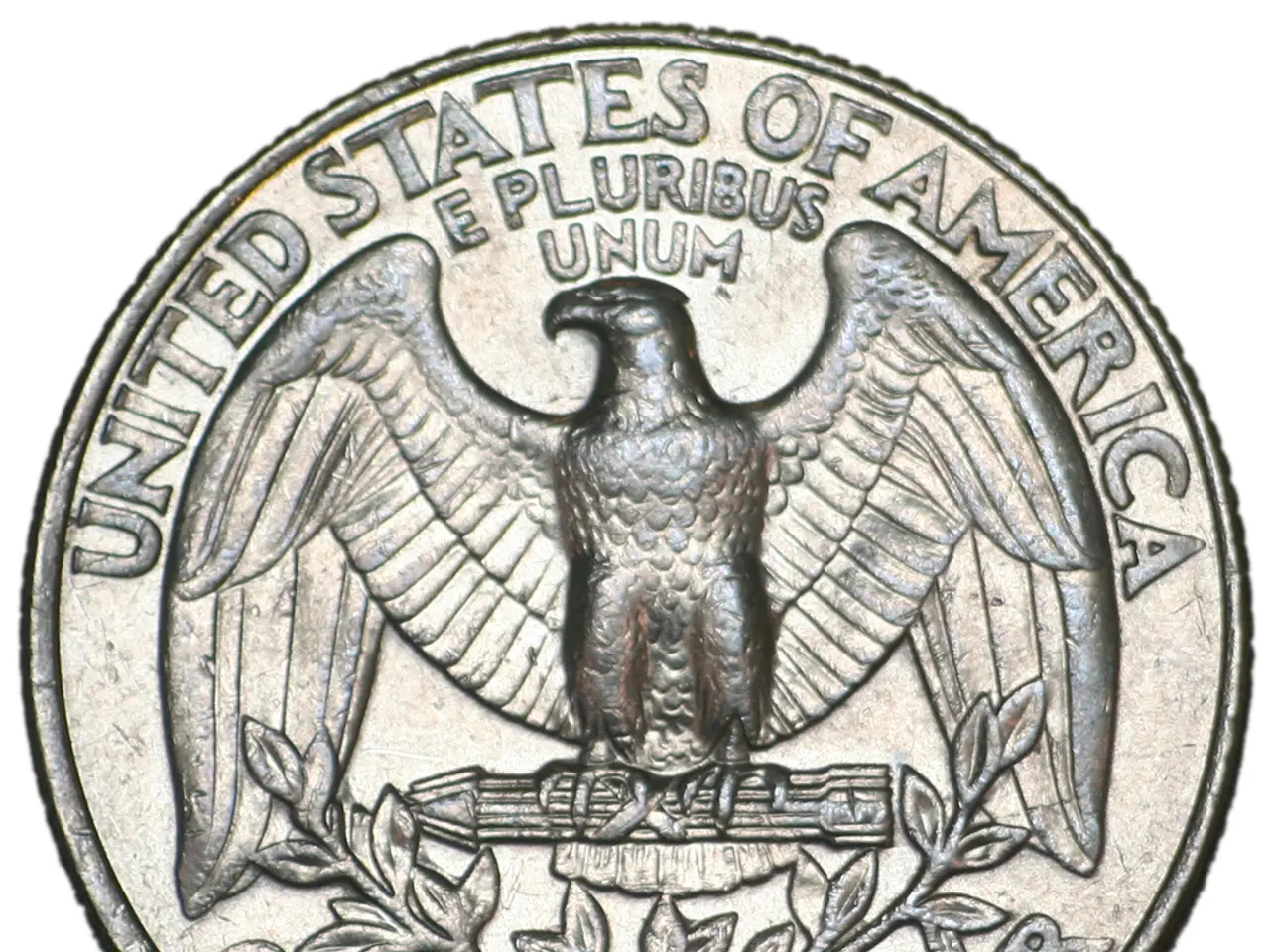Trade Agreement Secured: EU and US Reach Trade Pact; Debating the Negotiation Winner
The European Union (EU) and the United States have reached a new trade tariff deal, setting a 15% tariff rate on most EU exports, including automobiles and semiconductors. This agreement marks a significant shift in transatlantic commerce, and while it has been met with cautious acceptance by European leaders, some express reservations about its potential impact.
European Commission President Ursula von der Leyen has signalled her endorsement of the agreement, stating that the EU has stabilized on a single 15% tariff rate for the majority of exports to the U.S., covering key sectors like cars and semiconductors [3]. The EU as a whole acknowledges this deal as establishing a new baseline for transatlantic commerce, which may impact EU competitiveness in the U.S. market [4].
While the deal reduces the tariff threat from a previously proposed U.S. rate of 30%, some analysts view even the 15% tariff as problematic for trade relations and competitiveness [2]. However, EU leaders seem to have accepted it as a compromise to avoid higher barriers.
The deal is not the only aspect of the broader framework agreed between the U.S. and EU. Cooperation on addressing non-tariff barriers, digital trade issues, supply chain resilience, and allied military equipment purchases are also part of the agreement, indicating a multi-dimensional approach beyond tariffs [1].
However, not all European leaders are in agreement. France's Prime Minister has criticized the deal, describing it as a submission and a dark day for Europe [5]. Poland's prime minister has admitted that his country could potentially lose $2 billion due to the trade tariff deal [6].
As the global competition for AI supremacy continues, the potential disruption of the world's economies due to this competition remains a concern. Meanwhile, ongoing discussions about new US cryptocurrency laws could potentially secure the dollar as the world's safe-haven currency.
In summary, EU leadership has accepted the tariff deal as a pragmatic stabilization of trade terms, while acknowledging the challenges it poses. The deal is framed as part of broader cooperation efforts between the U.S. and the EU [1][3][4]. The specific impact of this deal on individual EU member states' economies, such as France, is yet to be fully understood.
- As the European Commission President, Ursula von der Leyen, has endorsed the tariff agreement, it signals a shift in focus from the EU towards investments in sectors like finance and policy-and-legislation, aiming to maintain competitiveness in key sectors despite the tariff deal.
- The new trade tariff deal between the EU and the United States is not the only area of concern for European leaders, as broader issues such as policy-and-legislation related to cryptocurrency and digital trade continue to dominate general-news discussions, affecting the finance and investing landscape.




